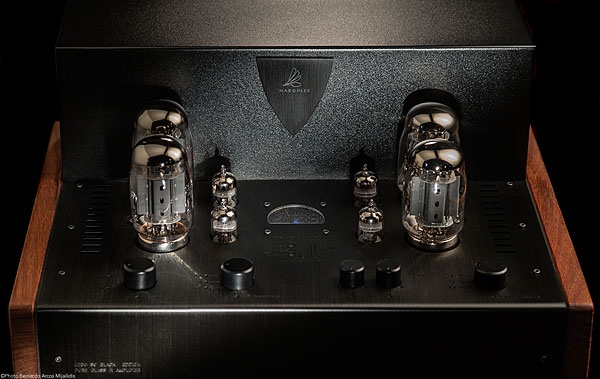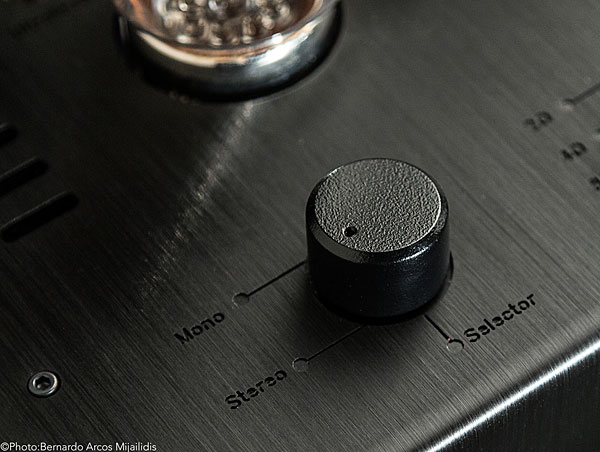| Columns Retired Columns & Blogs |
I'm not an engineer, so please excuse if this is a dumb question or I'm misusing terms. This amplifier's total harmonic distortion is stated as 0.08% at 7V RMS. Can the level of THD in an amplifier be converted to an effective bit depth resolution capabilty?










































